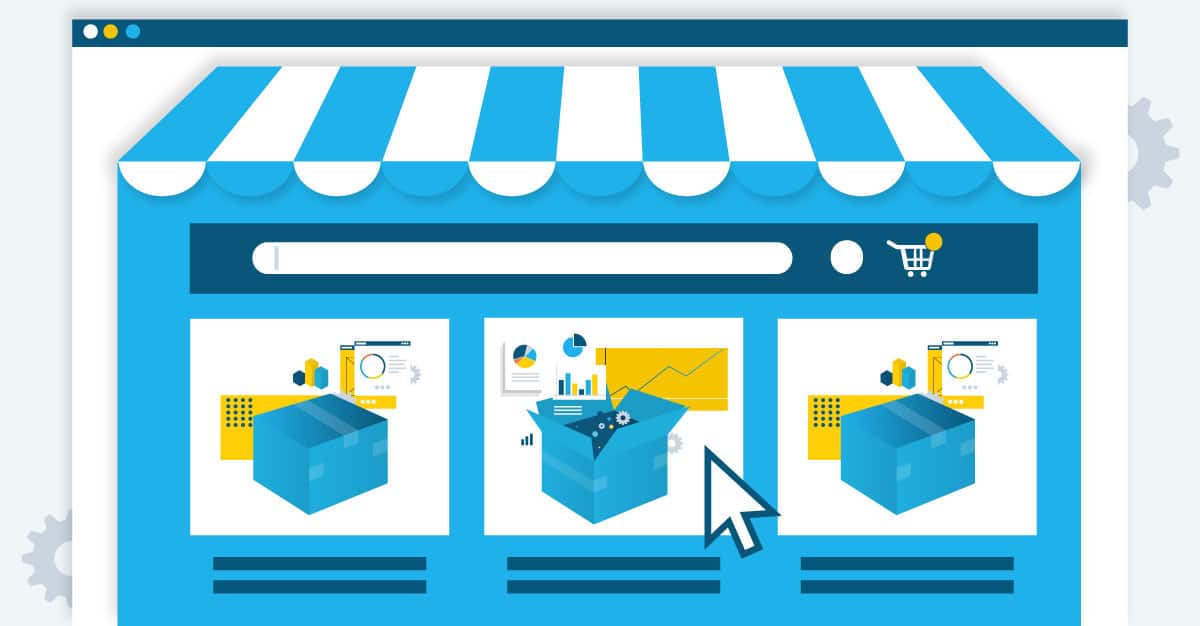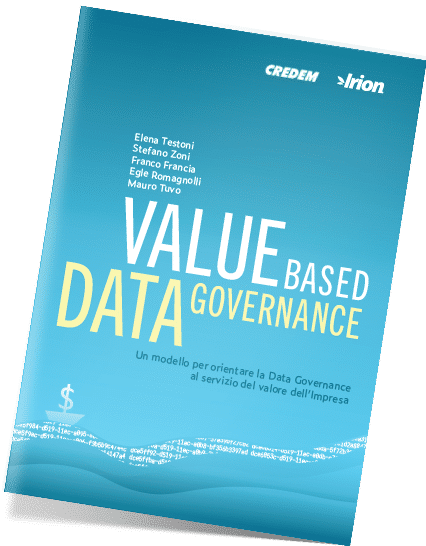Back in 2023, we published a post exploring a concept that’s been gaining traction among data management professionals: the Data Product. Building on ideas from the literature (most notably Zhamak Dehghani’s seminal work on Data Mesh) we suggested a hands-on approach for positioning Data Products within modern data architectures. In today’s data landscape, we’ve moved from simply handling data generated by processes, products, and applications to managing it as a product in its own right, data as a product.
This isn’t just another buzzword, it marks a true shift in paradigm. Data is no longer merely an asset to store and reuse; it’s now something to be designed, governed, enhanced, and, in some cases, even exchanged or sold.
Bringing a Product Mindset to Data
Designing data or applications today requires a new way of thinking: a product mindset. It involves focusing on user experience, sustainability, long-term value, and effective governance.
Data Products aren’t just tables, reports, or dashboards. With the right set of metadata and supporting elements (such as code and platform capabilities) they become valuable assets for business decision-making. They need to be discoverable and described in terms of semantics, reliability, ownership, and provenance. In other words, they must be ready to meet the consumer’s key expectation: being ready to use. In a short time, the Data Product has earned intrinsic value within the vision and practices of many organizations—standing on its own, independently of the broader Data Mesh paradigm.
The Data Marketplace is the natural hub for discovering, publishing, and managing Data Products.
What a Data Marketplace Is for and why It matters
Internally, a Data Marketplace serves as a controlled portal where teams can share and access Data Products, following logic similar to an e-commerce platform, and enabling Data Sharing. Externally, it can act as a showcase for selling or exchanging Data Products with partners or customers, in compliance with internal policies and regulations, all governed by a Data Contract that defines the terms of product consumption—think of use cases in insurance, finance, or retail. The latest evolution of Data Marketplaces also includes support for managing Data & AI Products, allowing for versioning of models, linking notebooks, training pipelines, and even ready-to-use API services.
Organizations can leverage this asset in many ways:
- Sharing of certified data between stakeholders from distinct functional or organizational domains
- Integration of information systems
- AI model training, testing, and validation workflows
- Managing Shadow IT
- Monetization through thesale of data to third parties
- Maximizing the value of Data Governance initiatives
Data Products and Data Value: how to estimate It
Versatility of use is one of the key factors that most significantly contributes to the value of a Data Product in this context. That value can also be estimated in economic terms using models based on different approaches. Let’s explore a few of them, starting with the key questions each approach is built upon.
- Which use cases does a Data Product serve, and how do these uses contribute to the organization’s economic performance? This model helps assess the overall value of the Data Product by considering all its components.
- How much more valuable does a dataset, report, or analytical model become when it’s delivered as a Data Product? The goal of this model is to assess the added value a Data Product brings over raw data, by factoring in the supporting metadata, code, and platform dependencies that enhance its usability and impact.
- What is the cost of producing a Data Product? Models based on Activity-Based Costing make it possible to determine the product’s cost by allocating the share of internal and external human and technological resources used in its creation. In this case, cost does not reflect value, as it doesn’t account for the economic impact of the Data Product’s use, but it can still be a useful factor in assessing the feasibility and cost-effectiveness of producing it.
These valuation approaches can inform pricing decisions for a Data Product, whether the goal is to offer it externally or to define an internal pricing framework for data consumption within the organization.
Viewed this way, the Data Product is a business asset in its own right, accessible via a user-friendly environment like the Data Marketplace, which requires no deep technical expertise. It amplifies the value of data and plays a key role in enabling a data-driven organization.










